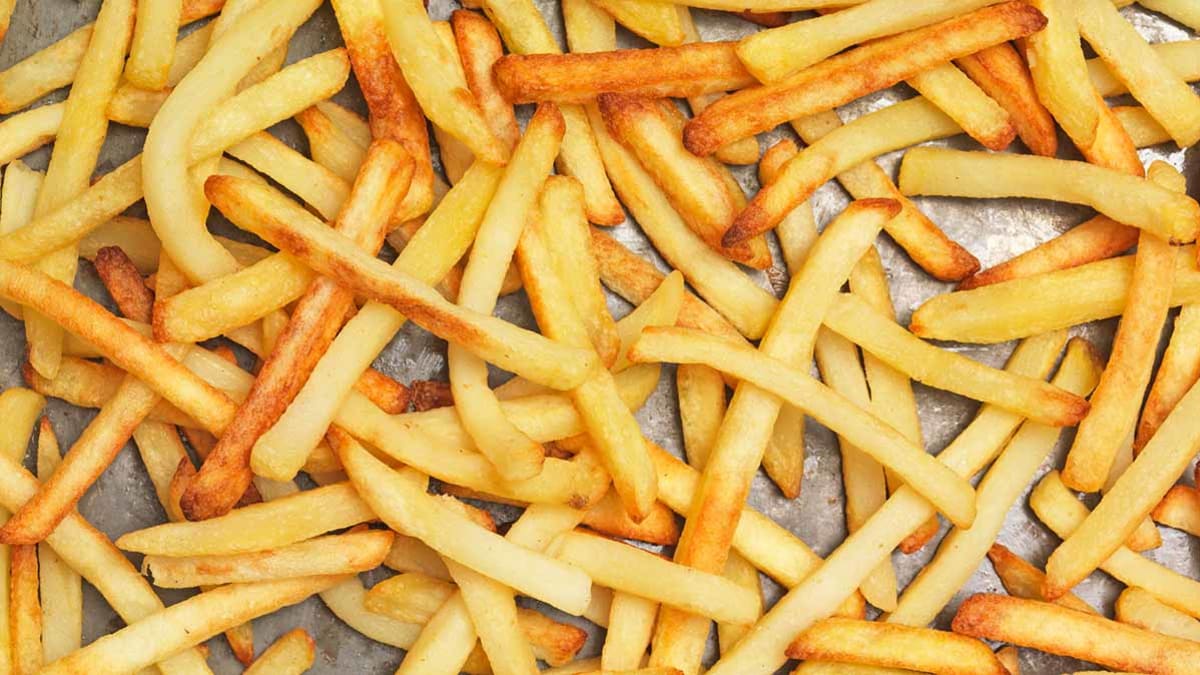Find a Healthy Yogurt for Your Kids

The American Academy of Pediatrics recommends kids between ages 2 and 18 get less than 25 grams—about 6 teaspoons—of added sugars per day. Toddlers and babies under age 2 shouldn’t eat any added sugars at all. “Sugar has no nutritional value and fills kids up with empty calories,” says Keating. “Parents should try to limit added sugar in their kids’ diets to prevent weight gain, tooth decay, and chronic health problems like type 2 diabetes, high blood pressure, and heart disease.”
Yet, most kids in the U.S. get more than the recommended amount of added sugars. For instance, research has found that about 85 percent of children younger than 2 and about 75 percent of those ages 5 through 13 exceed the daily limits.
Parents may not expect a food like yogurt to contribute much to that sugar tally, but it could. In our review, three of the yogurts contained 7 to 11 grams—about two to three teaspoons—of added sugars. For instance, Yoplait Kids Low Fat Yogurt Strawberry has 11 grams in a 4-ounce cup. That’s the same amount in about five Hershey’s kisses. And it’s even higher in added sugars on a per-ounce basis than Yoplait’s regular low-fat strawberry yogurt, which has 13 grams in 6 ounces.
True, unlike the chocolate, you’re getting important nutrients from even the sugariest yogurt—the Yoplait kids’ yogurt has 3 grams of protein and 120 mg of calcium, for example. And yogurt contains live active cultures that are beneficial. “These ‘good’ bacteria support a healthy gut microbiome, which has been associated with benefits such as lower rates of obesity, reduced inflammation, and lower blood pressure and cholesterol levels,” Keating says.
But you don’t have to go overboard on added sugars to get these benefits. Half of the yogurts we looked at had 4 grams or less per serving. That’s a good cut-off for added sugar in kids’ yogurt because they tend to come in smaller containers/serving sizes than other yogurts.
Or, even better, opt for plain yogurt. You can add fresh fruit to reduce the tartness or mix in no-added-sugar frozen fruit—as it thaws, the juices help to naturally sweeten the yogurt. You can also make the food prep interactive. “Plain yogurt can be made more palatable by adding nuts, seeds, granola, and cereal,” says Simona Lourekas, RD, clinical nutrition specialist at MassGeneral Hospital for Children in Boston. “Kids are more likely to try something they help prepare.”
Source link











